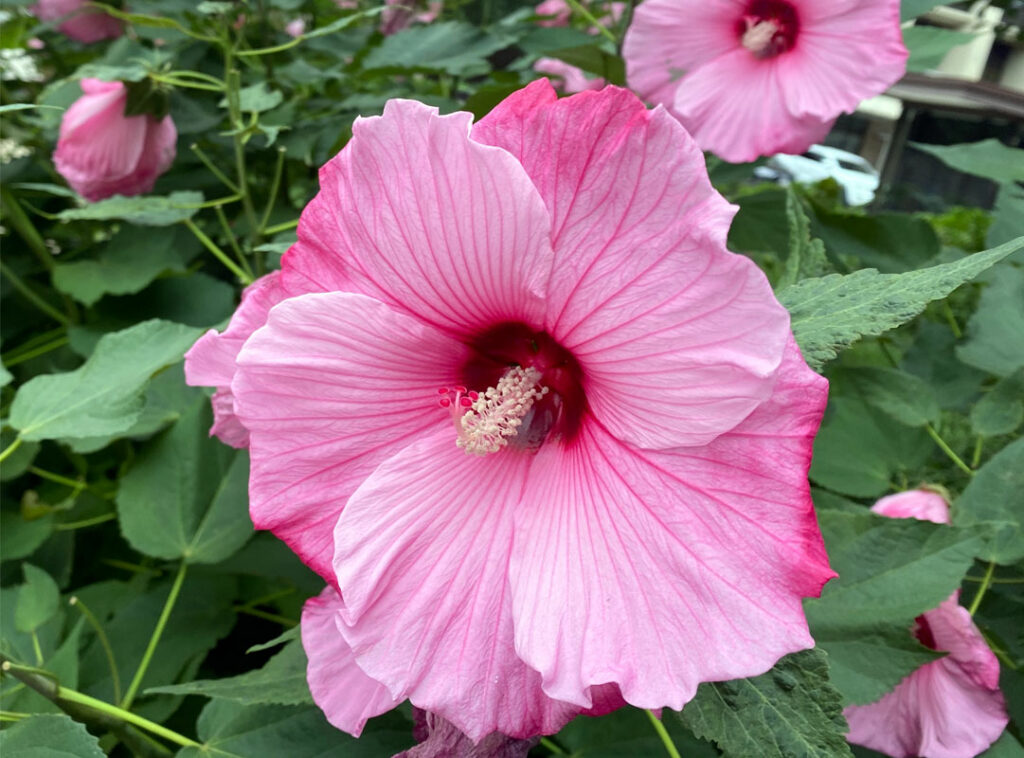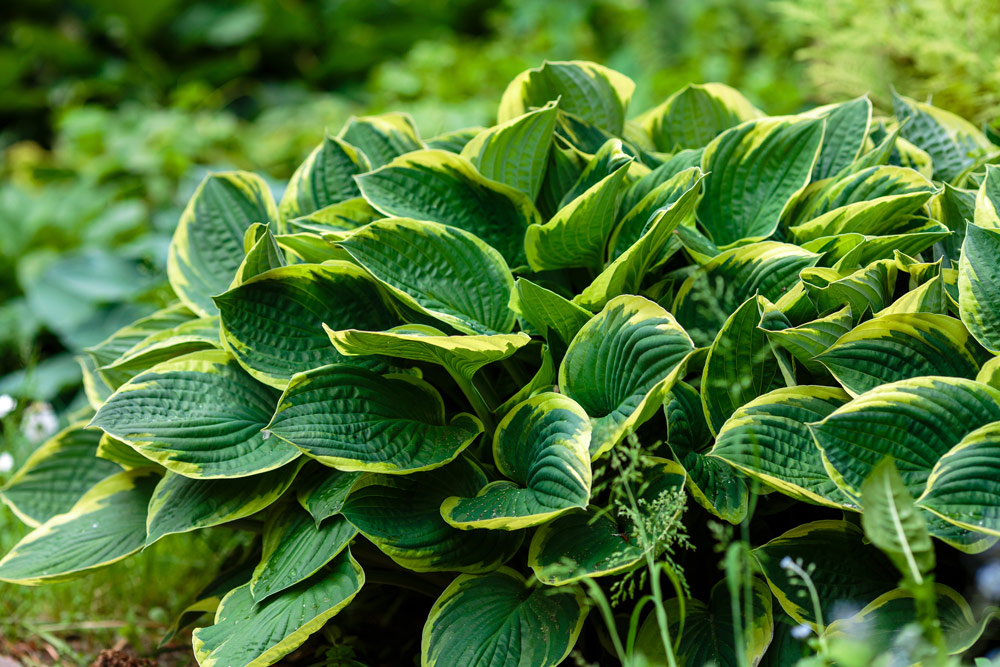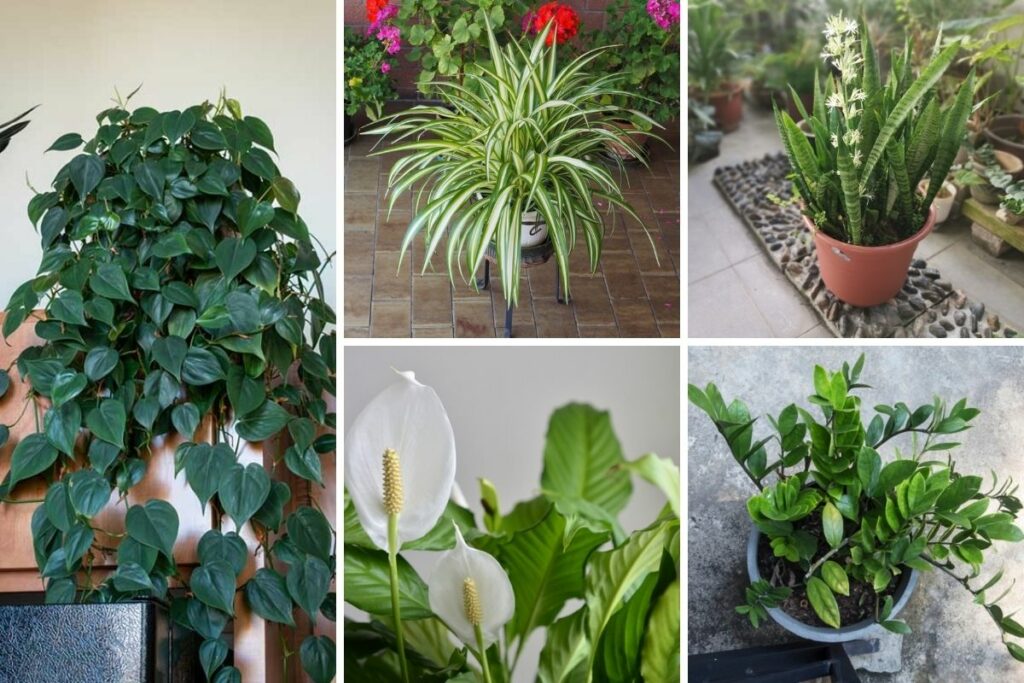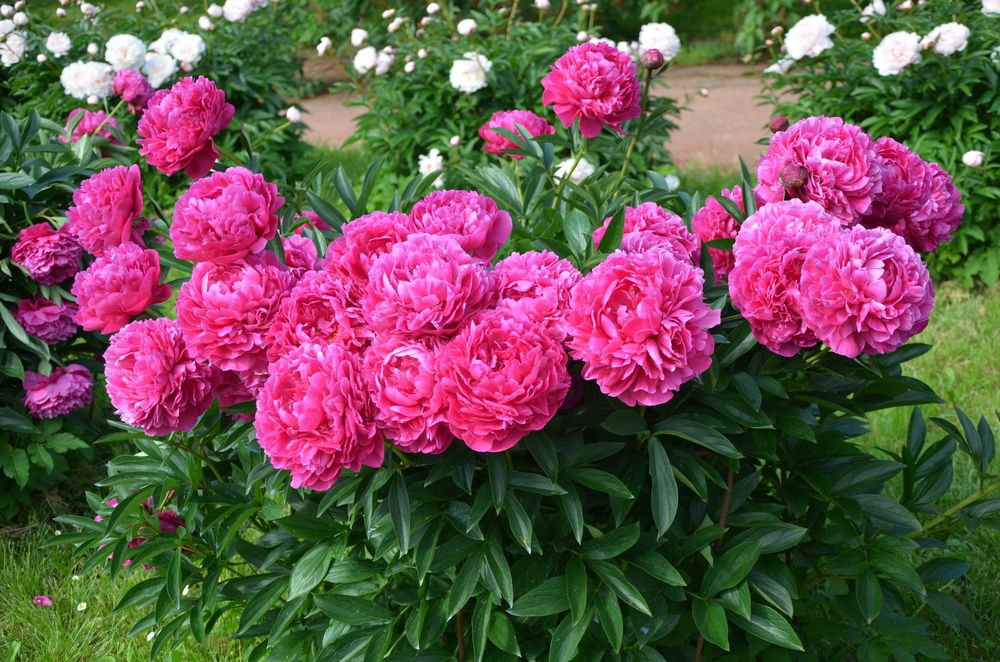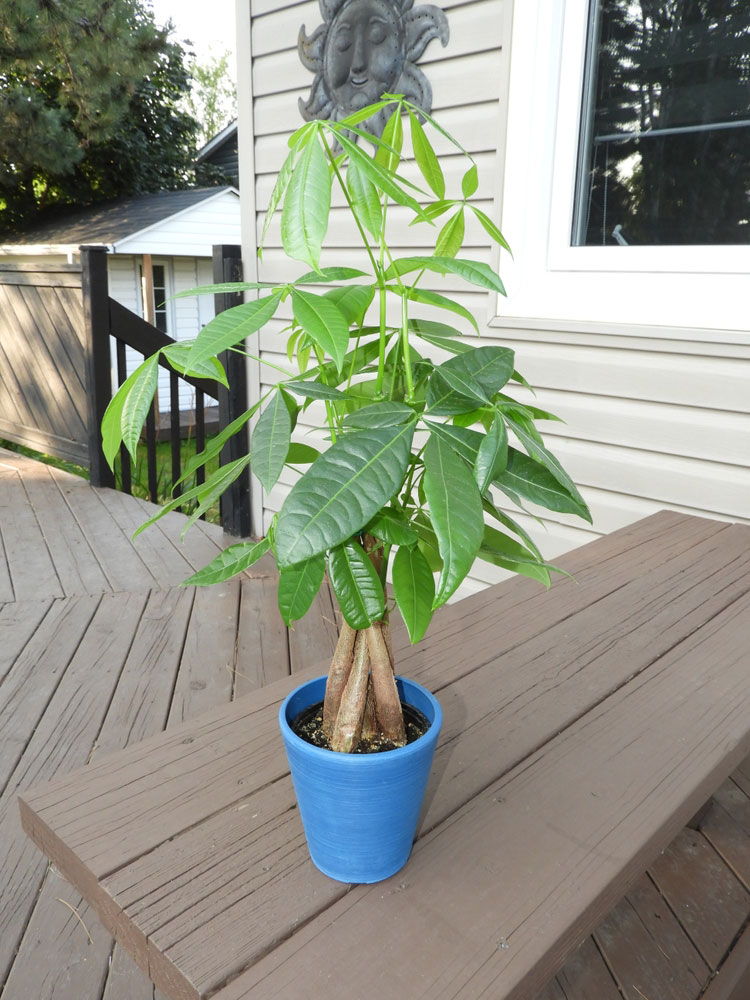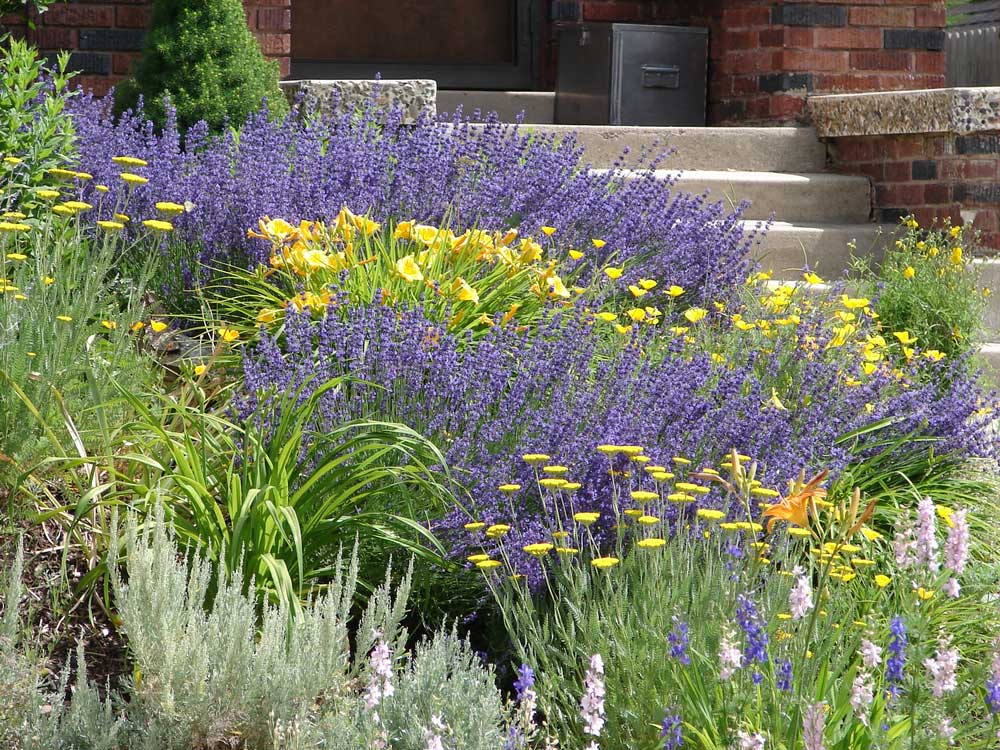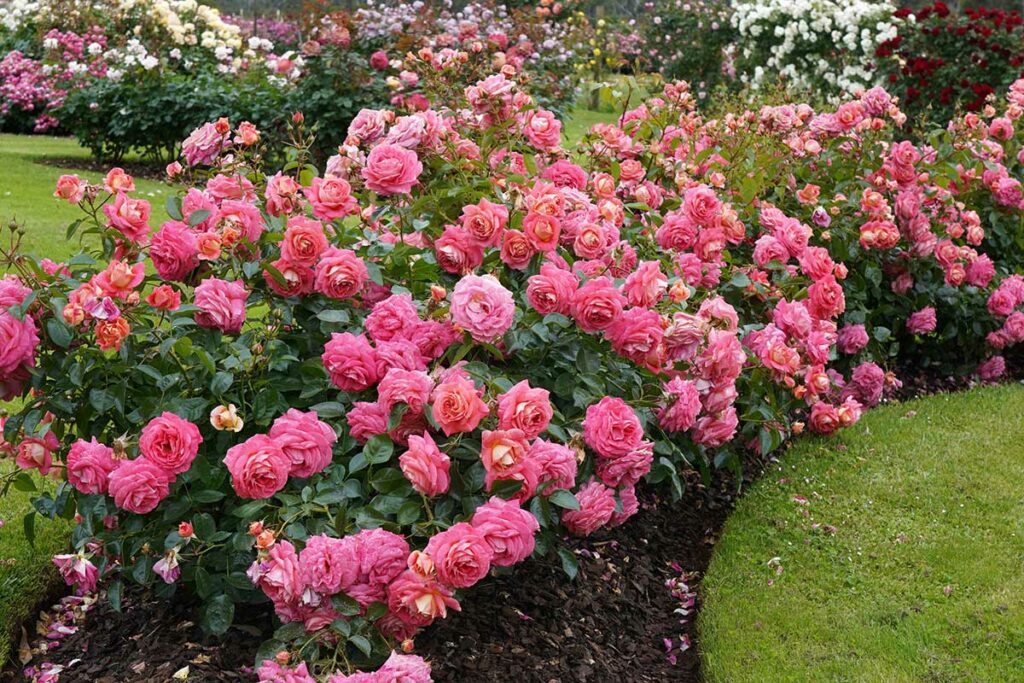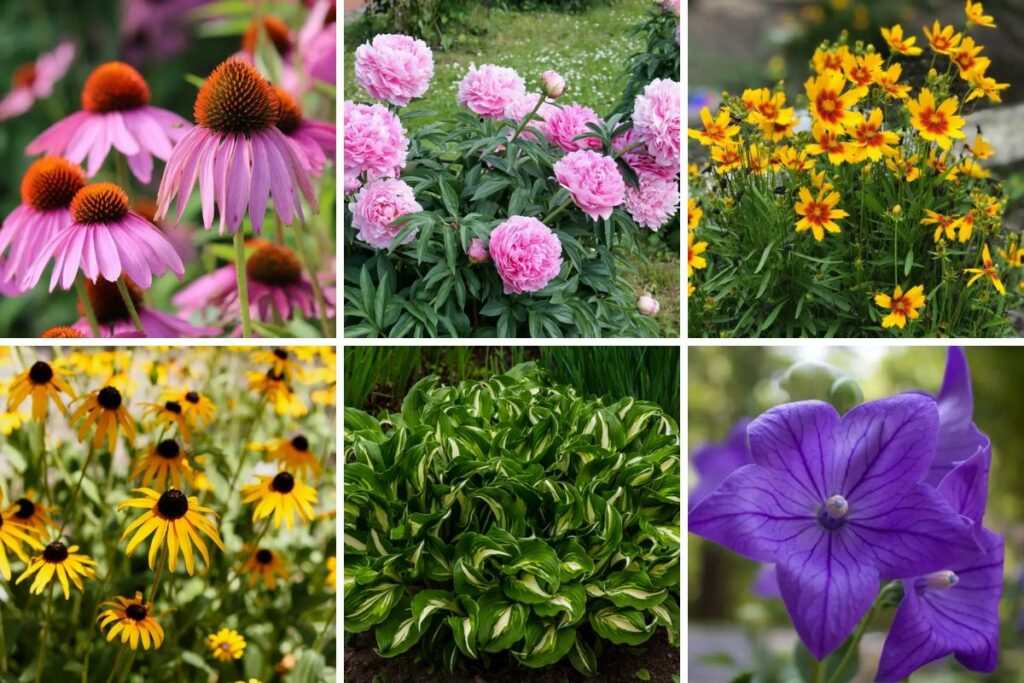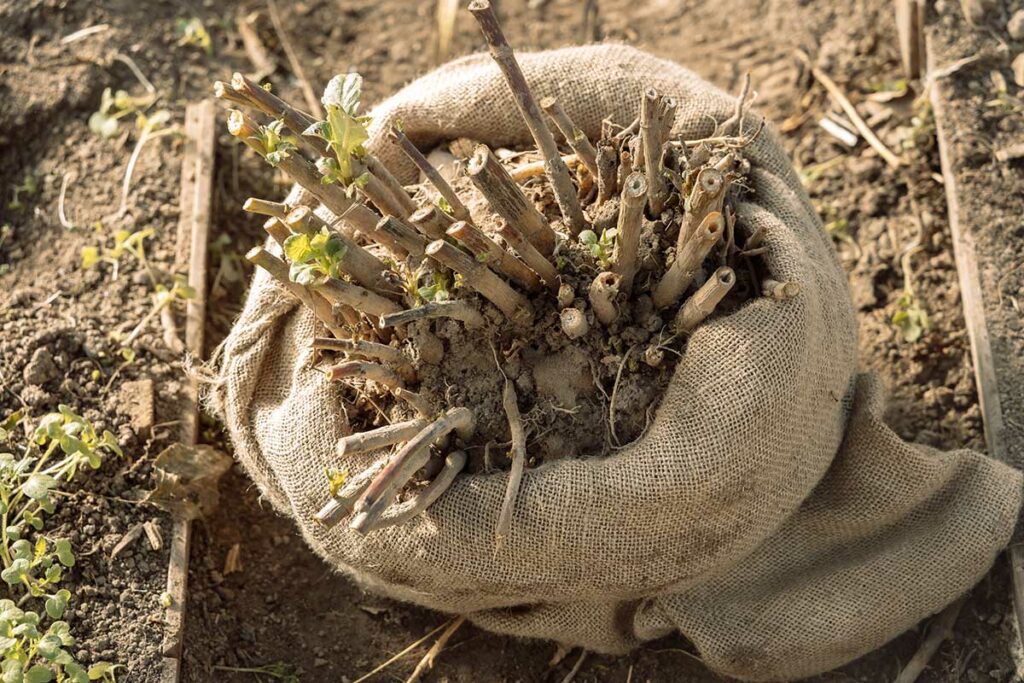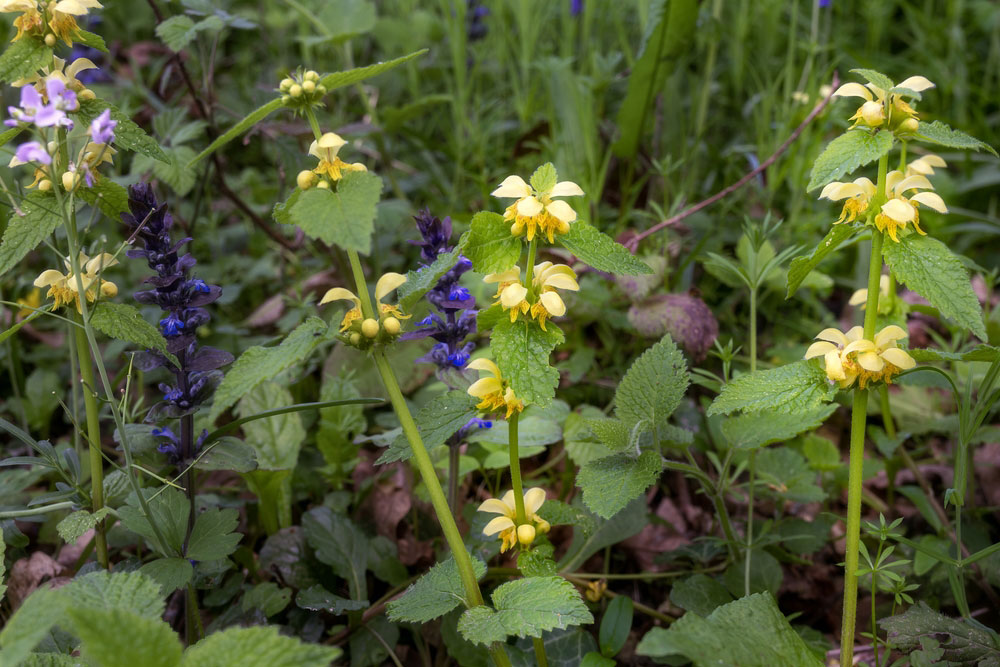
Gardening can be a rewarding and fulfilling activity, but it can also bring some challenges. One such challenge is the presence of invasive perennial plants. These plants may look beautiful and harmless, but they can take over your garden, crowding out the native plants you’ve carefully selected and cared for.
By understanding which plants to avoid, you can maintain a healthy and diverse garden that’s both aesthetically pleasing and ecologically responsible.
In this article, we’ll discuss 20 invasive perennial plants that you should steer clear of. These plants might appear tempting due to their fast growth and colorful blooms, but their aggressive nature can make them a nightmare for gardeners. With this knowledge, you can make better choices when selecting plants for your garden and protect the delicate balance of your local ecosystem.
As you read through this list, keep in mind that not every invasive plant is problematic in every region. It’s always essential to research and consult with local experts to find out which plants pose a threat in your specific area. Armed with this information, you’ll be better equipped to make the best decisions for your garden, ensuring the long-term health and beauty of your cherished outdoor space.
What Are Invasive Perennial Plants?
Invasive perennial plants are species that can quickly spread beyond their intended area in your garden or landscape. They can often outcompete native plants for resources like sunlight, water, and nutrients, which can cause harm to the environment and other plants around them. Their aggressive growth habits make them difficult to manage, and they can become a significant problem if not addressed.
One of the main reasons these plants are considered invasive is because they reproduce rapidly, have a deep and extensive root system, and are often unpalatable to native herbivores. As a result, they can quickly take over a large area, pushing out other species that are more crucial to a healthy ecosystem.
It’s important to recognize and avoid these invasive perennial plants when planning your garden or landscaping project. Some common invasive species include English ivy, Japanese knotweed, and purple loosestrife. By avoiding these and other invasive plants, you can help protect your local environment and ensure your garden maintains a balanced and diverse ecosystem.
Remember, the key to managing invasive perennial plants is early identification and control. Keep an eye out for any plants in your garden that seem to be growing uncontrollably, and research their potential to be invasive. By doing so, you’ll be taking a proactive step toward maintaining a healthy and thriving garden for years to come.
Top 20 Invasive Perennials to Avoid
1. Japanese Knotweed
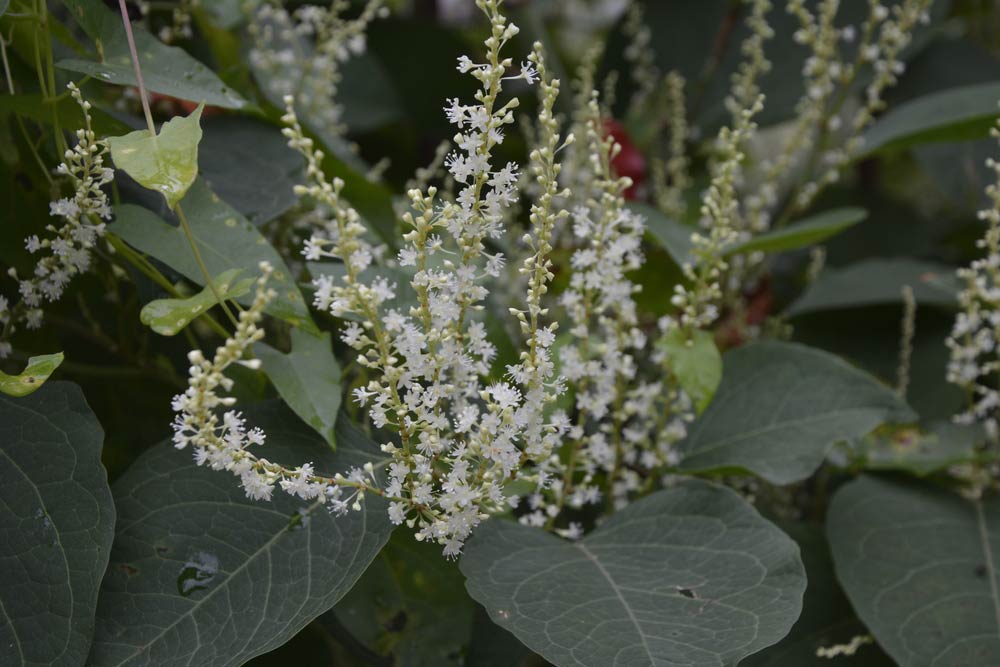
Be cautious of Japanese Knotweed, as it can cause damage to property and infrastructure by outgrowing native plants. Its roots can even grow through concrete! Prevent it from spreading by avoiding planting it in your garden.
2. Bamboo
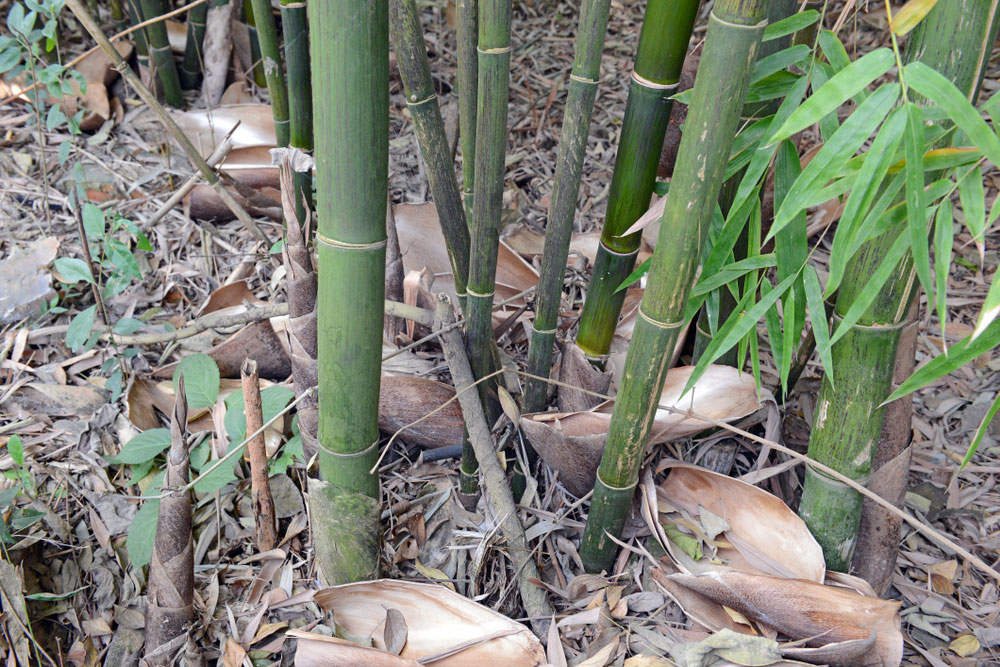
Not all bamboo species are invasive, but some like the golden bamboo and common bamboo can quickly overtake your garden. Choose clumping bamboos like Fargesia instead of running bamboos to prevent unwanted spreading.
3. Purple Loosestrife
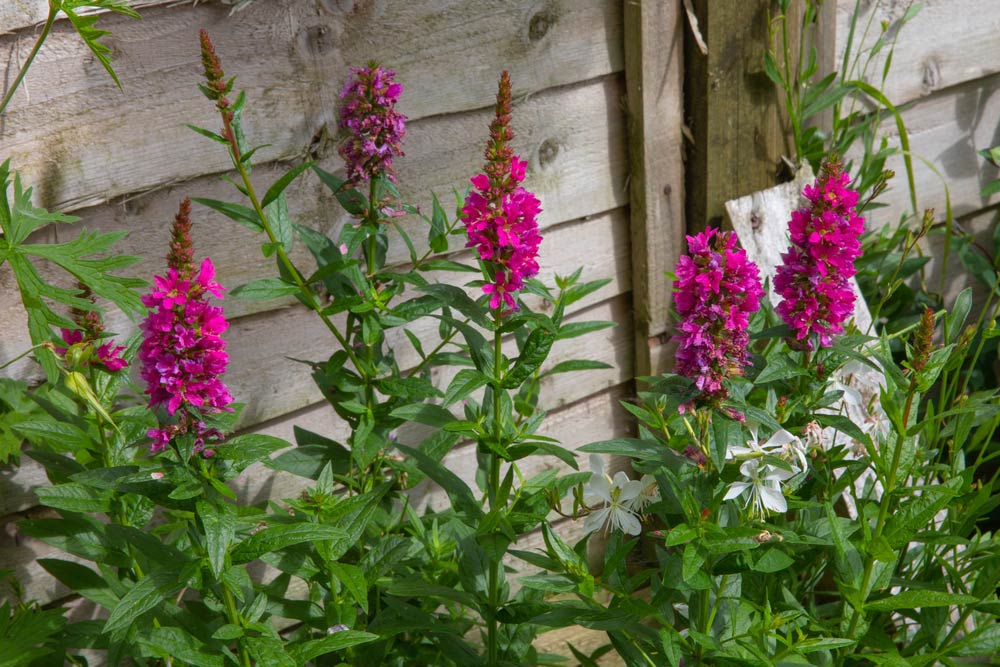
Purple Loosestrife can lead to a loss of natural habitat for many animal and plant species in wetland areas. Opt for non-invasive plants like bee balm or blue vervain instead.
4. Giant Hogweed
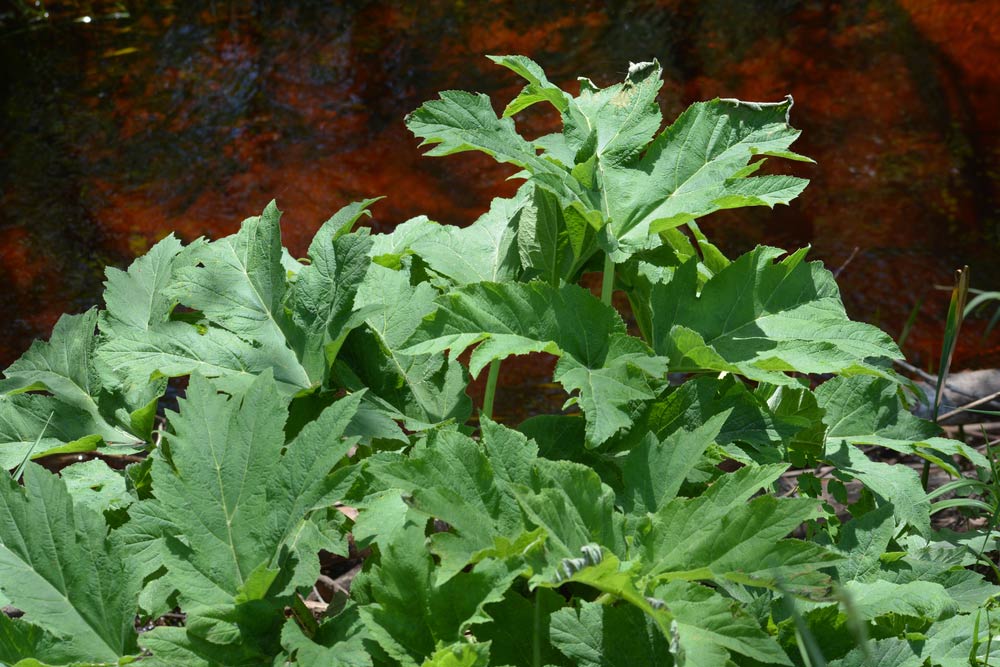
Giant Hogweed is not only invasive but also toxic, as its sap can cause severe skin irritation. Keep your garden and skin safe by choosing alternatives like angelica or cow parsnip.
5. Kudzu
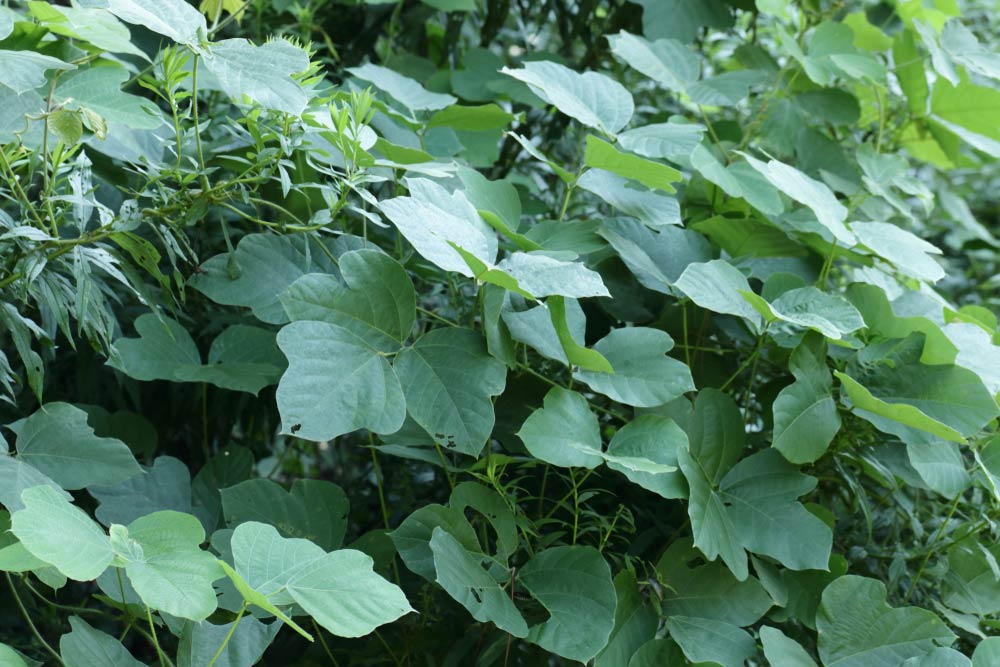
Dubbed “the vine that ate the South,” Kudzu spreads rapidly and smothers other vegetation. Instead, consider planting native vines like trumpet creeper or coral honeysuckle.
6. Yellow Archangel

While attractive, Yellow Archangel spreads aggressively and can outcompete native plants. Look to alternative ground covers like creeping thyme or sweet woodruff.
7. Bindweed
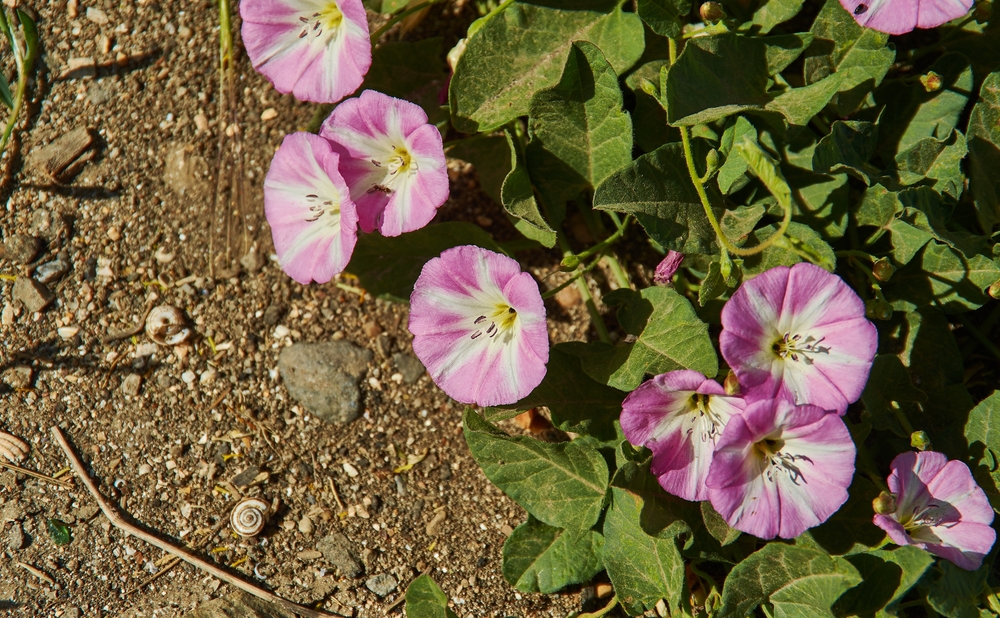
Bindweed is notoriously difficult to control due to its deep root system. Avoid this vine altogether, and opt for safer options like morning glories or Clematis.
8. Mile-a-Minute Vine
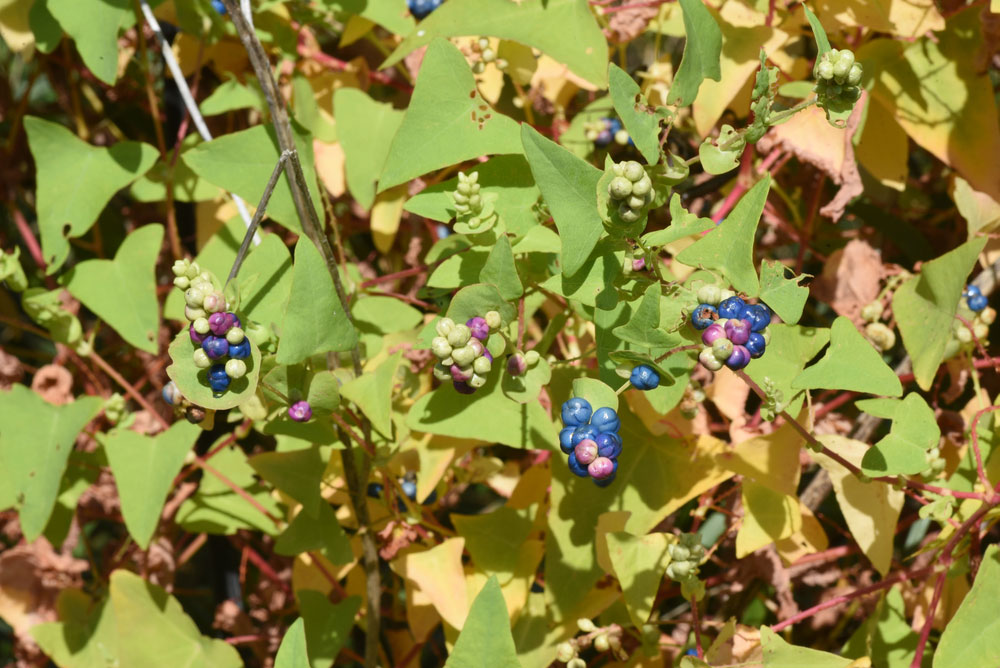
True to its name, Mile-a-Minute Vine grows incredibly fast and can smother native vegetation. Plant more controlled vines like passionflower or Dutchman’s pipe to keep your garden under control.
9. Giant Reed
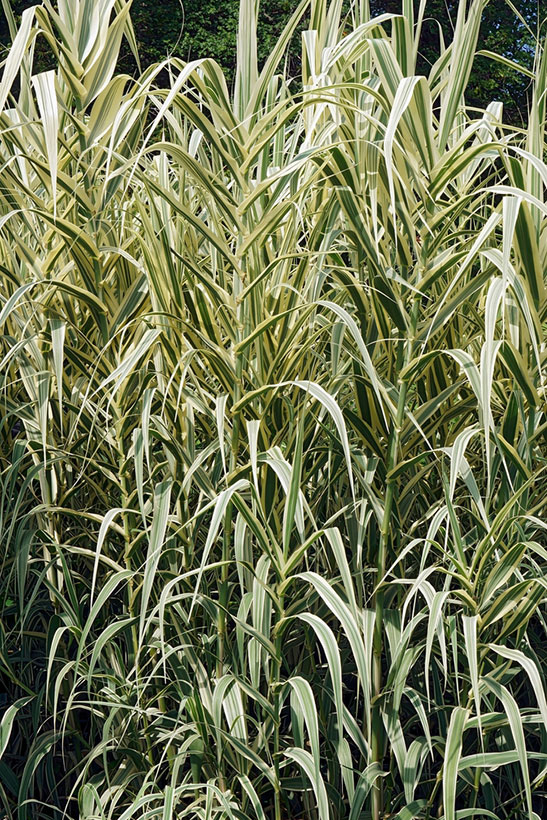
Although used for many purposes, Giant Reed has escaped cultivation and invaded natural areas like riparian habitats. Consider safer grasses like switchgrass or big bluestem instead.
10. Oriental Bittersweet
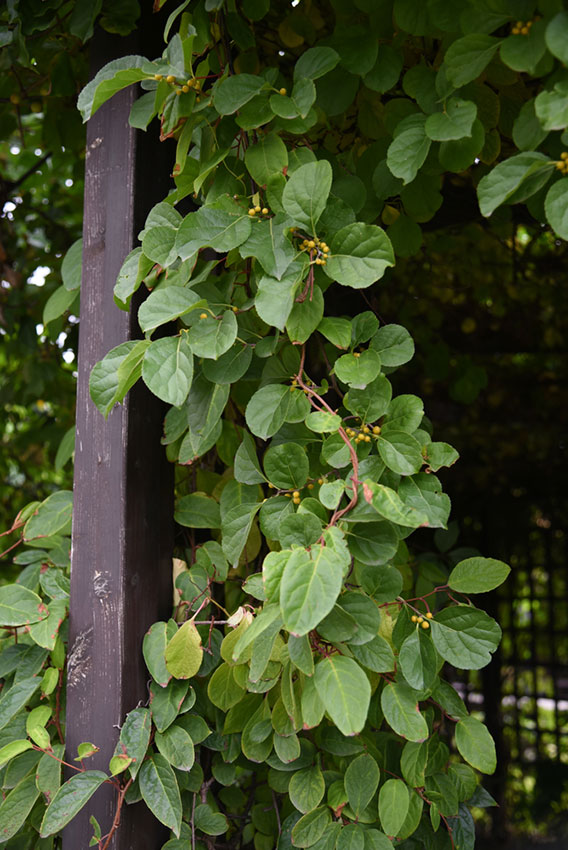
Oriental Bittersweet’s rapid growth and twining nature can suffocate native trees and shrubs. Plant American bittersweet or Virginia creeper as substitutes.
11. Japanese Honeysuckle
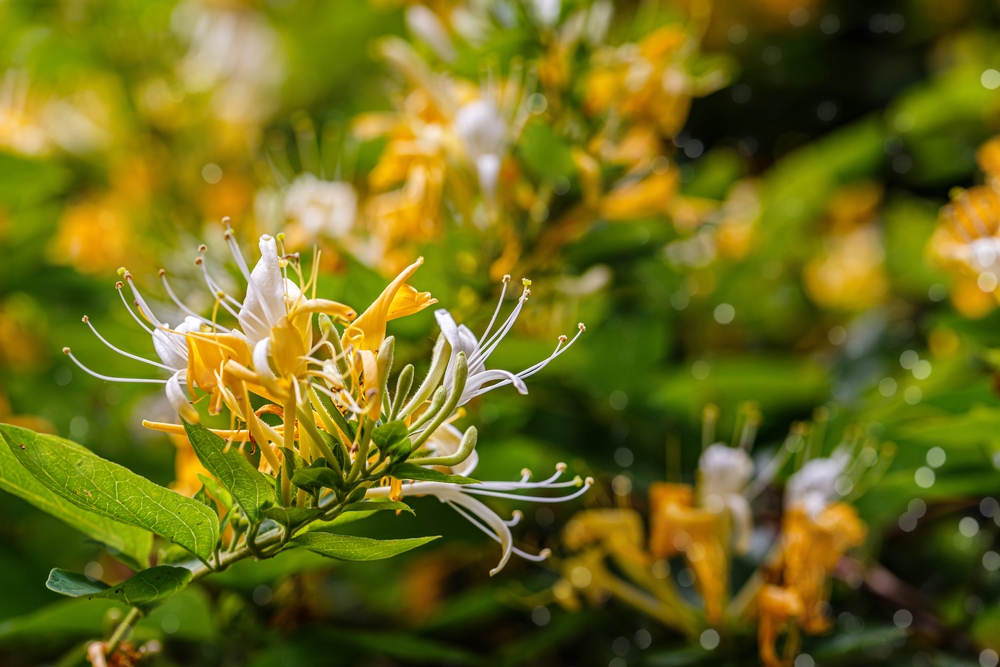
While Japanese Honeysuckle’s fragrant flowers are beautiful, they can devastate native ecosystems. Opt for equally fragrant but less invasive options like native honeysuckle or sweet autumn clematis.
12. Old Man’s Beard
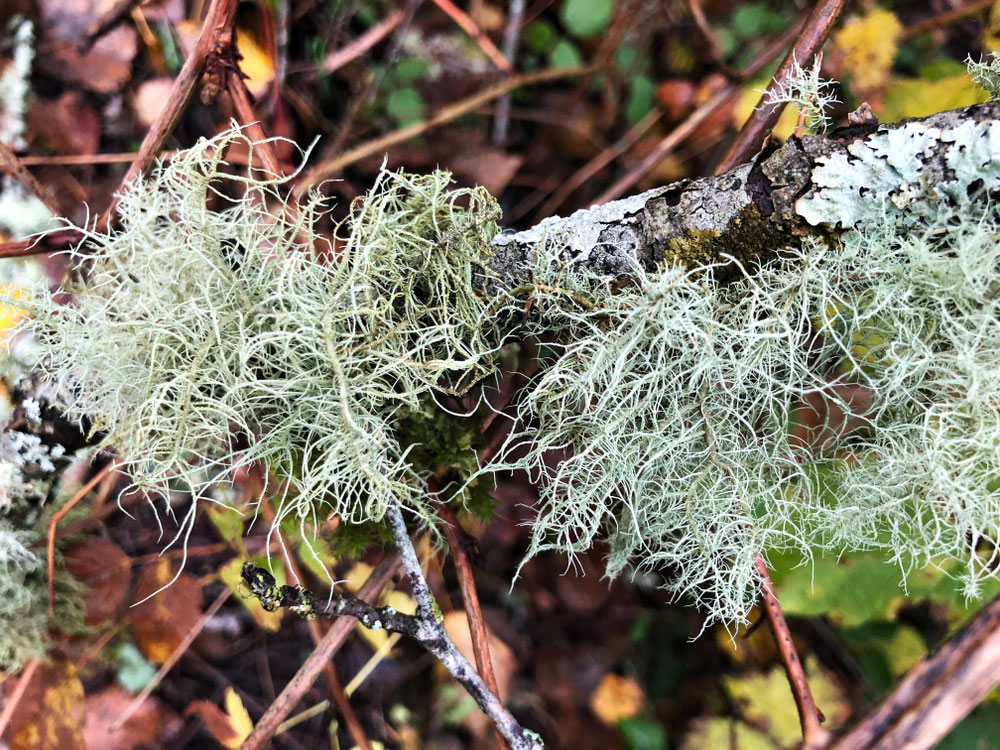
Old Man’s Beard, also known as traveler’s joy, can blanket entire ecosystems and smother native plants. Climbing hydrangea or virgin’s bower are great alternatives.
13. Black Bamboo (Phyllostachys Nigra)
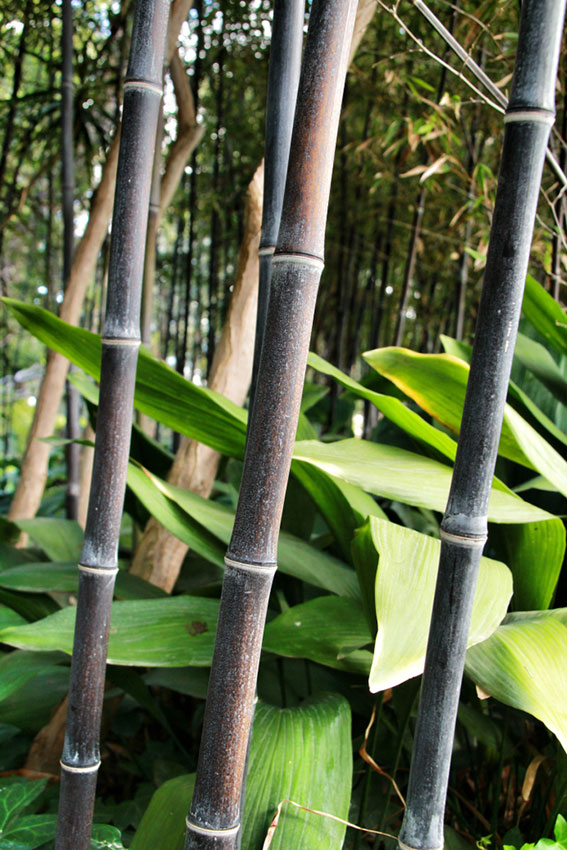
Phyllostachys Nigra, or black bamboo, is an aggressive spreader that can escape your garden’s confines. Look for Fargesia species as non-invasive alternatives.
14. Periwinkle
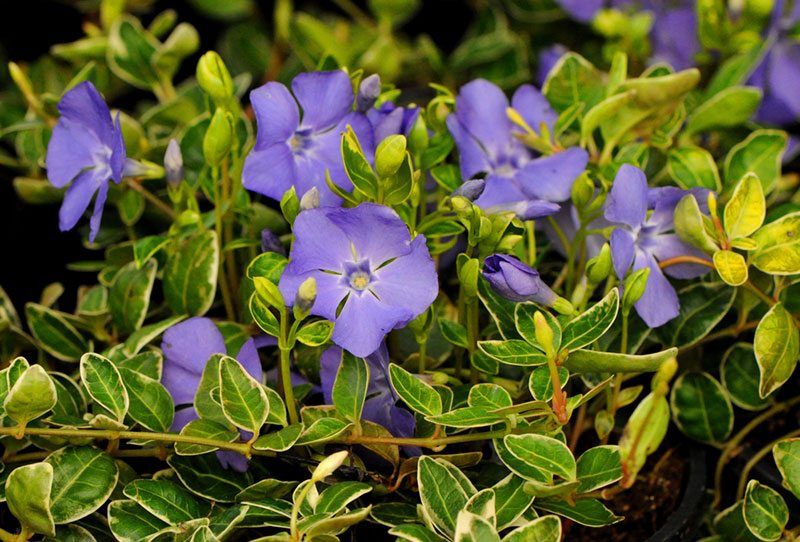
Periwinkle can easily outcompete native wildflowers for space and resources. Switch it out for native ground covers like wild ginger or foamflower.
15. Garlic Mustard
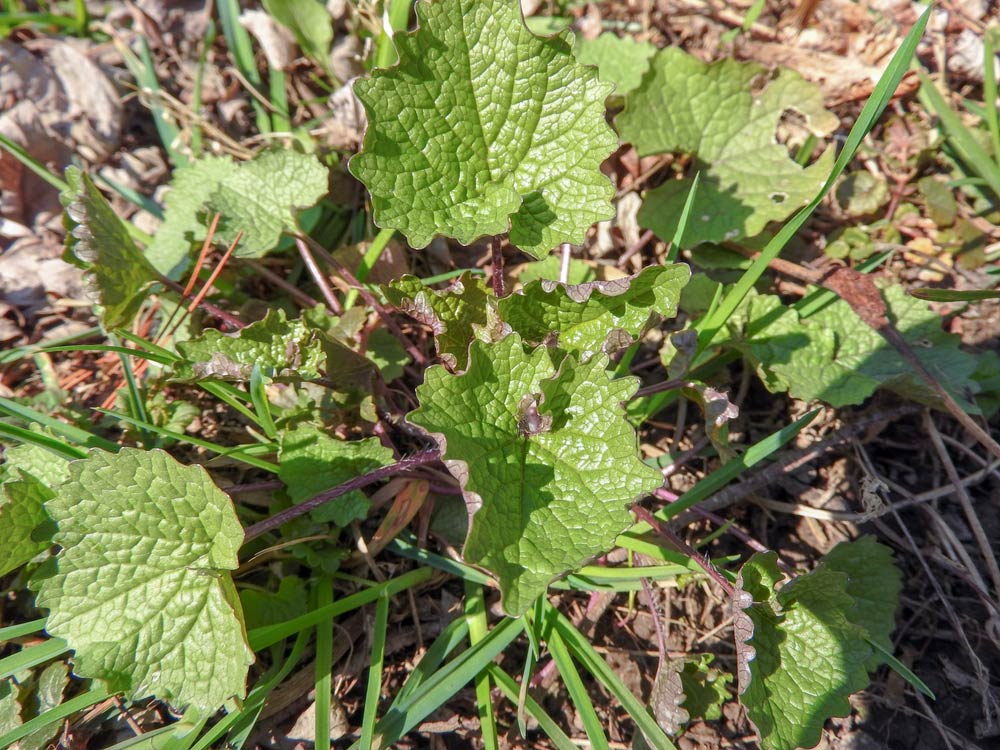
Garlic Mustard produces allelopathic chemicals, hindering native plants’ growth. Plant native woodland understory plants like wild garlic or cutleaf toothwort instead.
16. English Ivy
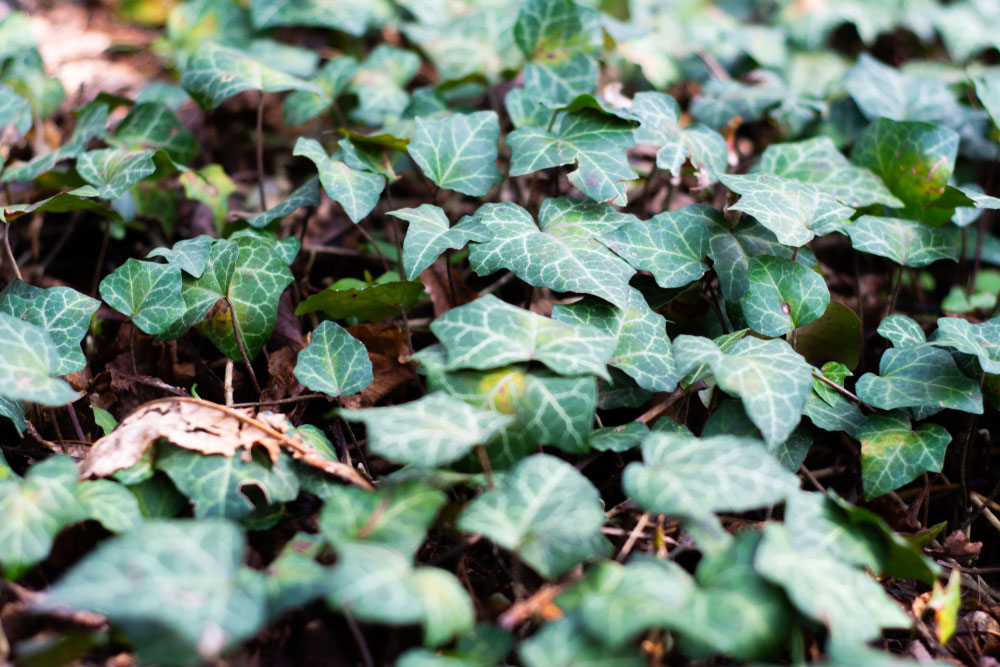
Although popular, English Ivy is invasive and can stress native trees, eventually killing them. Suitable replacements include Virginia creeper or creeping raspberry.
17. Himalayan Honeysuckle (Leycesteria Formosa)
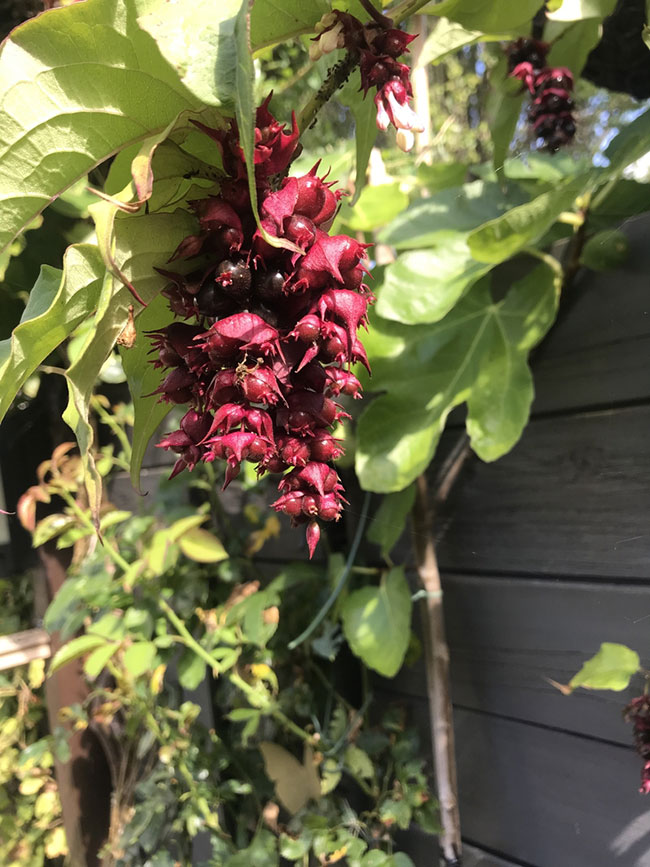
Leycesteria Formosa, or Himalayan honeysuckle, displaces native shrubs in forested areas. Opt for alternative options like red-twig dogwood or chokeberry.
18. Canada Thistle
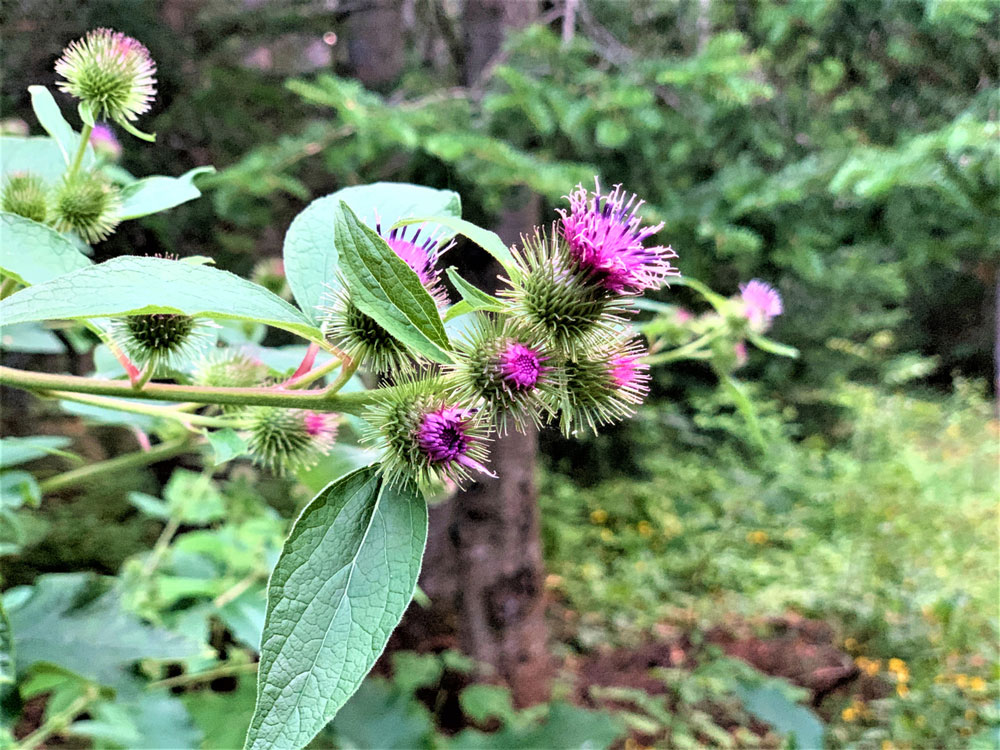
Canada Thistle is a noxious weed that aggressively invades native ecosystems. Plant native thistles like tall thistle or pasture thistle to support local wildlife.
19. Himalayan Balsam
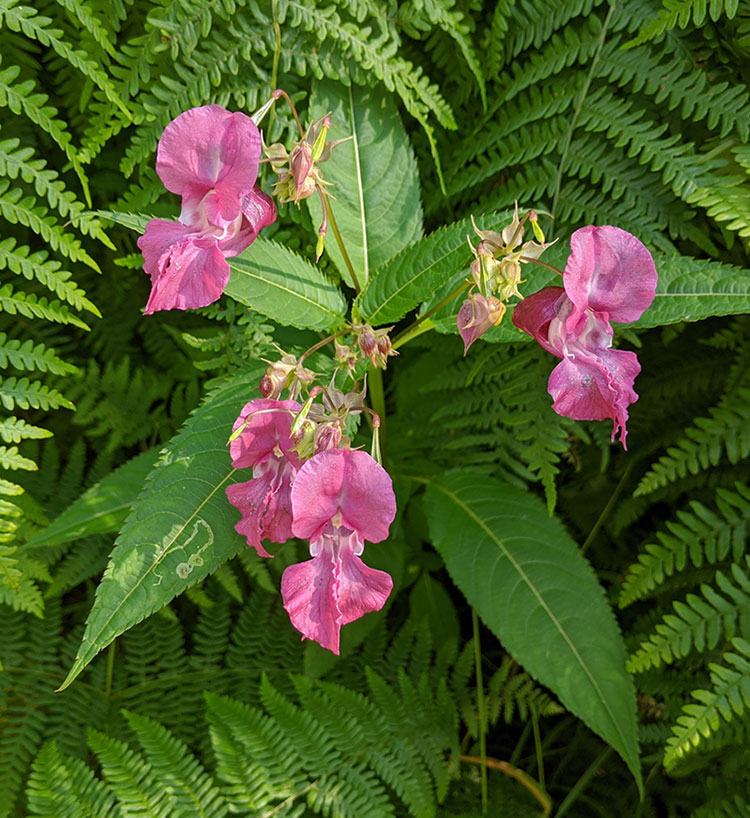
Himalayan Balsam destabilizes riverbanks due to its shallow root system. Plant native species like swamp milkweed or American willowherb as alternatives.
20. Multiflora Rose
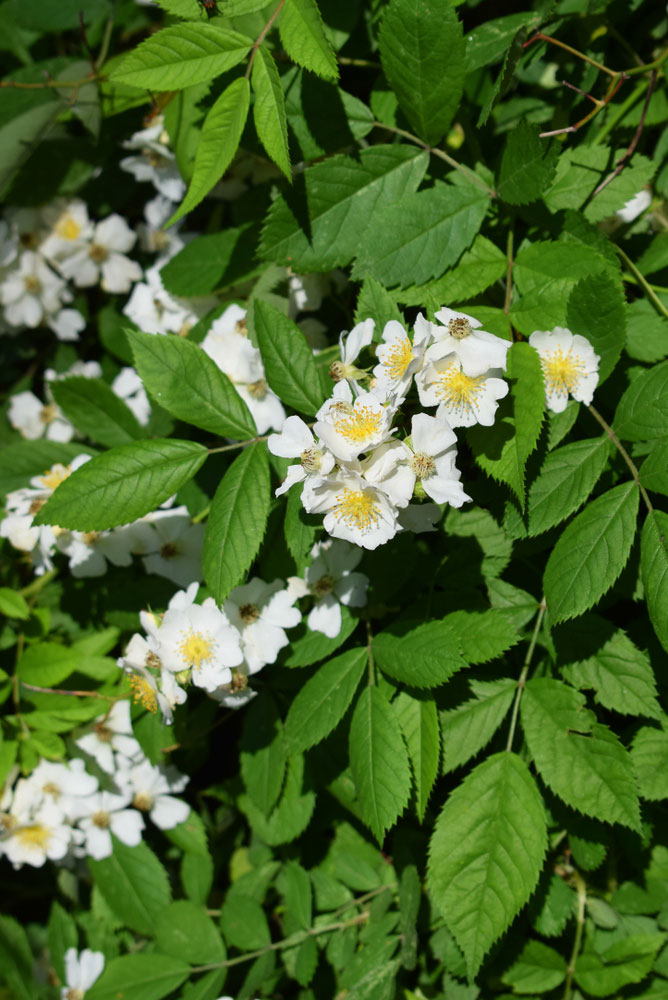
Multiflora Rose forms dense thickets, degrading native plant ecosystems. Native roses like smooth rose or pasture rose make for better choices in your garden.
Why Avoid Invasive Perennials?
Invasive perennials can cause several issues in your garden and the surrounding ecosystem. First and foremost, they compete with native plants for resources such as nutrients, water, and sunlight. This can lead to a decline in the biodiversity of your garden and the local environment.
In addition, invasive perennials are often more aggressive than native plants, which means they can quickly take over an area and crowd out other desirable species. This can alter the habitat and disrupt the delicate balance needed for a healthy ecosystem.
Furthermore, invasive perennials may attract pests that can harm the native plant population and even your garden. The lack of natural predators or competitors for these pests in your area can lead to an increase in their numbers, creating a vicious cycle.
To help protect the environment and preserve the natural beauty of your garden, it’s essential to avoid planting invasive perennials and opt for native species instead. By doing so, you are supporting local ecosystems, providing habitat for wildlife, and promoting biodiversity, all while creating a visually appealing outdoor space.
Preventing the Spread of Invasive Plants
Invasive perennial plants have a habit of taking over gardens and landscapes quickly. As a friendly reminder, it’s important to be proactive in preventing their spread. Here are some ways you can help keep these plants in check:
First, be informed about the invasive plants in your specific region. Knowing what plants to look out for will enable you to take appropriate actions. You can do this by consulting local gardening experts, online resources, or joining community gardening groups.
Once you’ve identified potential culprits, make a point to avoid buying or planting them in your garden. Always choose native plants whenever possible, which not only supports local ecosystems, but also helps to outcompete any opportunistic invaders.
Regular monitoring of your garden is crucial. Inspect your plants for signs of invasive growth. If you spot any invasive species, take prompt action by removing them from the roots, bagging and disposing them appropriately. Remember not to compost them, as many invasive plants can still sprout from fragments.
It’s also important to be vigilant about cleaning your gardening tools. Disinfect your tools after using them on invasive plants, to avoid any accidental transfer of seeds or plant fragments. This keeps your garden and neighboring green spaces safe from unwanted species.
Maintain healthy soil conditions to provide a strong foundation for your native plants. Good soil fertility, proper moisture levels, and adequate sunlight all play a role in helping your desired plants thrive, making it harder for invasive species to gain a foothold.
Finally, share knowledge about invasive plants with fellow gardeners, friends, and family. The more people are aware of this issue, the better we can all work together to prevent the spread of these disruptive plants.
Native Plant Alternatives
It is essential to choose native plants for your garden, as they are not only environmentally friendly but also require less maintenance and resources. By selecting native plants, you can create a sustainable and attractive landscape while also providing essential habitats for local wildlife.
Here are a few native plant alternatives to consider for your garden:
Grasses and Groundcovers
- Instead of invasive grasses like Japanese stiltgrass, consider planting native grasses such as switchgrass (Panicum virgatum), little bluestem (Schizachyrium scoparium), or tufted hairgrass (Deschampsia cespitosa).
- For groundcovers, replace invasive plants like English ivy with native plants such as wild ginger (Asarum canadense), creeping phlox (Phlox stolonifera), or Virginia creeper (Parthenocissus quinquefolia).
Shrubs
- Avoid planting invasive shrubs like privet and consider native options, including spicebush (Lindera benzoin), ninebark (Physocarpus opulifolius), or inkberry holly (Ilex glabra).
Flowers
- For beautiful native flowers, replace invasive species like purple loosestrife with alternatives such as Joe Pye weed (Eutrochium purpureum), goldenrod species (Solidago spp.), or native coneflowers (Echinacea spp.).
Trees
- Instead of invasive trees like tree of heaven, consider planting native species like eastern redbud (Cercis canadensis), white oak (Quercus alba), or black cherry (Prunus serotina).
Remember, when choosing native plant alternatives, it’s essential to select plants that are suitable for your garden’s specific conditions, including soil type, sunlight exposure, and moisture levels. By doing so, you will not only enhance your garden’s aesthetics but also support local ecosystems and biodiversity.





